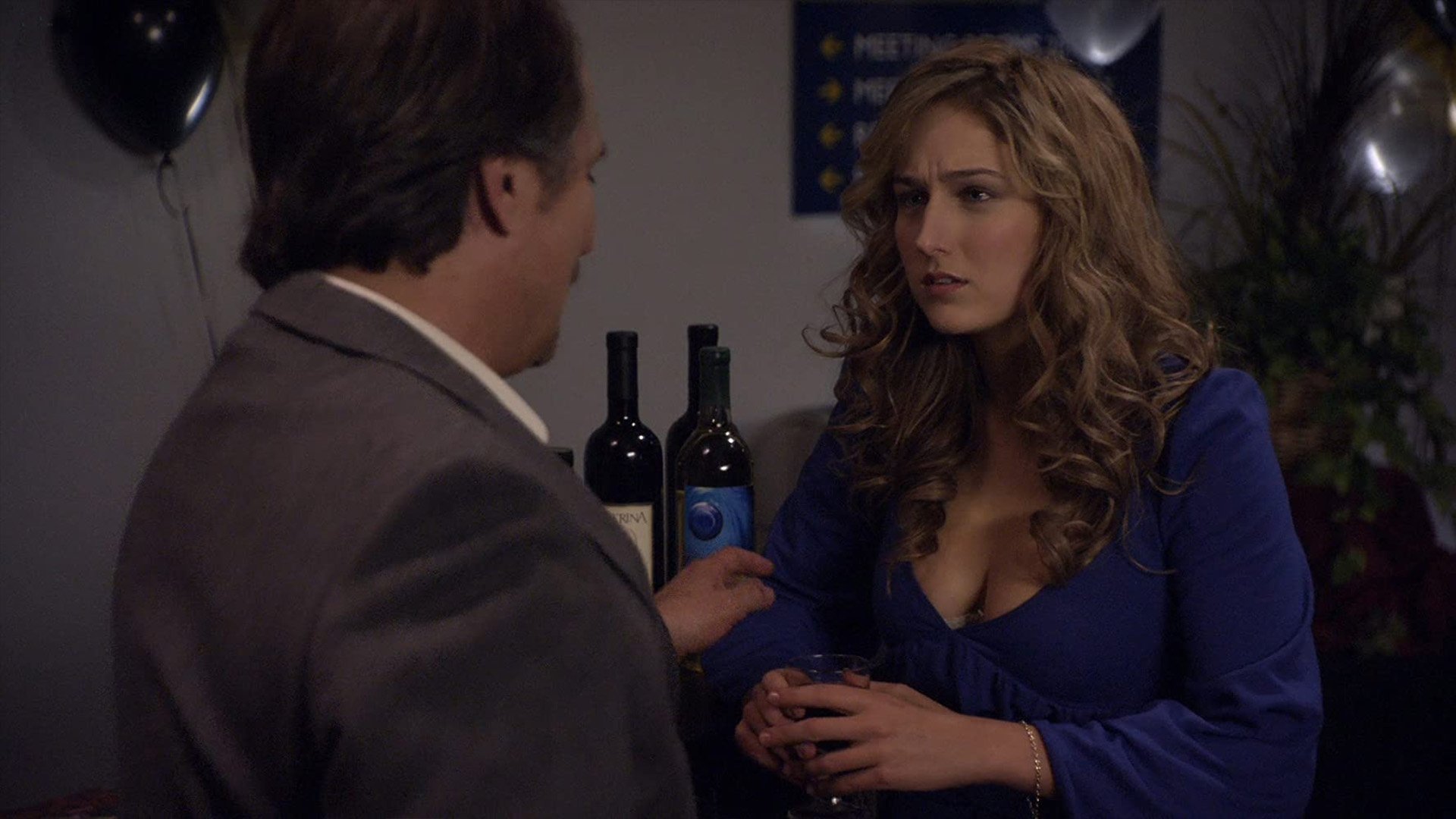
Modern culture has also numbed us to most of the things which have historically brought happiness and meaning to individuals (art, faith, community, extended family, working with the land). We have hedonic adaptation, meaning that we get used to good things but not to bad things, which is hopelessly depressing when you really think about it. Happiness runs contrary to contemporary society and existence as a whole on this autophagous world. Rooting for one above all the others creates a life out of balance, to somehow reference both Pixar's Inside Out and the film Koyaanisqatsi. While words are semantically subjective, 'happiness' is an emotion, and emotions are essentially ephemeral. Whatever his motivations were, at least the finished product is blissfully short.If you think about it, it's a bit odd that people value happiness so much, elevating it to this almost mythical status - "The pursuit of happiness " "I just want you to be happy " "Don't worry, be happy." This is bizarre and paradoxically unhealthy for a variety of reasons. Is his film an indictment of the art world as a predatory and dangerous place? Is it an exploration of addiction, likening substance abuse to vampirism? Or perhaps it’s just an exercise in all-out genre excess. It’s enough to make you wonder what Begos is trying to say here. She’s as confrontational and rude to strangers and friends alike as she was at the film’s start then again, nearly everyone in the increasingly ironically titled “Bliss” is vapid and obnoxious. But despite her inner transformation and the artistic results that emerge, Dezzy never really evolves much as a character. And Madison does give it her all in a physically and emotionally demanding performance. “It’s gonna be my masterpiece,” she says in wonder to her boyfriend ( Jeremy Gardner), who has no idea exactly what’s going on with Dezzy until it’s too late. Night after night, Dezzy descends into monstrous impulses-bloody orgies of feeding upon human flesh-only to emerge from them inspired anew and ready to attack the canvas. It also grows so repetitive that it becomes annoying after a little while-but then again, maybe that’s the point. It’s all rather overwhelming-so much so that it comes with a warning off the top about the potential danger of such effects for sensitive viewers. Metal music pounds and strobe lights flash. Working with cinematographer Mike Testin and editor Josh Ethier, Begos turns “Bliss” into a lurid hellscape, saturated in rich reds, greens and blues, filled with dizzying body-mounted camerawork and copious jump cuts. And once she does, it changes her, and the film, completely. He warns her that it’s heavy-duty stuff-“That shit can be bonkers,” he says of the mystery substance wrapped in plastic-but she vacuums it up nonetheless.

The tension is palpable with Dezzy behind the wheel, planning her next move and increasingly panicking.īut among the stops she makes is to her drug dealer ( Graham Skipper), who offers her something extra special to get her creative juices flowing again.

Begos shot on 16mm, which gives the film a grungy, low-budget aesthetic and a scrappy, forward momentum. This early section of the film-in the daytime, before Dezzy begins maniacally snorting a designer black powder known as Diablo-is actually the most compelling part.
#Bliss movie series#
Driving around town in her vintage Cadillac convertible, her wild, auburn curls blowing in the breeze and an ever-present blunt dangling from her lips, she makes a series of phone calls and visits in hopes of keeping her life together. She paces around her downtown Los Angeles loft, smoking and struggling and dodging her landlord, who skulks about demanding the rent she owes. Dezzy is supposedly a brilliant artist who’s having trouble coming up with her next great painting.


 0 kommentar(er)
0 kommentar(er)
